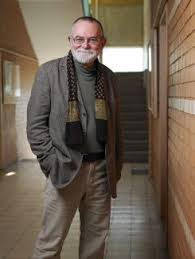Program rankings by faculties. Student excellence rankings were prepared for Bachelor and Master programs in 14 educational fields. Principle of selection: Number of applicant students to Bachelor and unified full time state financed programs (BUFS, MFS) in the first place, considering student numbers and the launching institutions/faculties.
Opinion rankings by faculties in a given educational field. Ranking of faculties in 9 educational fields based on student motivation opinion survey in the educational fields, by the criteria of the student questionnaire survey.
I. Statistical Characteristics of Institutions (data-based rankings)
1. Lecturer excellence indexes (on the basis of institutional statistics)
1.1 Number of lecturers with doctorate
1.2. Proportion of doctorate lecturers within all lecturers
1.3. Proportion of doctorate lecturers / students
1.4. Proportion of PhD lecturers
1.5. Proportion of PhD lecturers within all lecturers
1.6. Proportion of Candidates of Sciences lecturers within all lecturers
1.7. Proportion of Doctors of Sciences lecturers within all lecturers
1.8. Proportion of habilitated lecturers within all lecturers
2. Student excellence indexes (on the basis of institutional and application statistics)
2.1. Number of applicants
2.2. Proportion of admission
2.3. Average scores of admitted students
2.4. Proportion of persons having a language qualification among admitted students
2.5. Number of students
2.6. Number of first, second and third place winners in National Secondary School Competitions
2.7. Number of persons taking final exams in best secondary schools within applicants
2.8. Proportion of students / National Secondary School Competition winners
2.9. Number of participants in PhD programs
2.10. Number of PhD-s
2.11. Regional attraction of institution (regional rates in accordance with the residence of applicants)
3. Educational Infrastructure (on the basis of institutional statistics)
3.1. Amount of dormitory accommodation
3.2. Dormitory accommodation fees
3.3. Number of books in the library
3.4. Number of students per computer
3.5 Access to the Internet
II. Assessment Indexes of Institutions (opinion poll rankings)
1. Student opinion rankings
standards of education
1.1 General standards of education
1.2. Up-to-date nature of professional knowledge taught
1.3. Applicability of professional knowledge taught
1.4. Presence of recognized representatives of the professional field in education
1.5. Standards of internships
1.6. Standards of theoretical education
1.7 Daily practical examples and phenomena of the professional field in education
1.8. Institutions deemed as of the highest standards in the field of study
value of degree
1.9. Probability of employment in the professional field within one or two years of graduation
1.10. Difficulty of admittance
1.11. Difficulty of admittance compared to other institutions
1.12 Difficulty of study requirements
1.13. Difficulty of study requirements compared to other institutions
1.14. Chances of employment in Hungary
1.15. Chances of employment in Hungary compared to other institutions
1.16. Chances of employment abroad
1.17. Chances of employment abroad compared to other institutions
1.18. Competitiveness of professional knowledge in the European Union
1.19. Recognition of degree in the European Union
Institutional management of students
1.20. Helpfulness of lecturers (how much they help students in studies and professional work and progress)
1.21. Professional personal development opportunities
1.22. Satisfaction of individual professional interests
1.23 Participation opportunities for students at professional conferences
1.24 Aid in finding employment after graduation
1.25. Opportunity to participate in research
1.26. Provision of work opportunities during studies
1.27. Relationship between college or university and companies operating in the professional field.
1.28. Opportunity for participating in study programs abroad
educational infrastructure
1.29. Supplies of computers in general
1.30. Access to computers and services
1.31 The general standard of the library
1.32. Supply of library and services
1.33. Classroom Equipment
institutional buildings
1.34. Conditions of the buildings of the institution
1.35. Accessibility of institutions and locations of lectures in terms of travel
1.36. Dormitory standards
1.37. “Appearance” of the institution (how nice and aesthetically pleasing)
atmosphere of the institution
1.38. Representation of interests by the students’ union
1.39. institutional democracy
1.40. Catering opportunities within the institution
1.41. Cultural opportunities
1.42. Sporting opportunities
1.43. General atmosphere of university, or college
1.44 Informing students in study and educational issues
1.45. General relationship between lecturers and students
1.46. Organization of studies
1.47. Student assessment of lecturers’ work
1.48. Service activities of the students’ union (according to 6 factors)
institutional attachment
1.49. How good students feel in the institution
1.50. The exterior which students are attached to the university or college
1.51. The place in which the institution was marked
1.52. Would they choose the same institution again
2. Lecturer opinion rankings
2.1. Relationship between college or university and companies operating in the professional field.
2.2. Up-to-date nature of professional knowledge taught
2.3. Applicability of professional knowledge taught
2.4. Presence of recognized representatives of the professional field in education
2.5. Standards of internships
2.6. Standards of theoretical education
2.7 Daily practical examples and phenomena of the professional field in education
2.8. Probability of employment in the professional field within one or two years of graduation
2.9. Institutions turning out the best professionals
2.10. Which institution would you recommend to a friend
3. Employer opinion rankings
3.1. From which institution would you choose a fresh graduate
3.2. Reputation of institutions among employers
3.3. Which institution would you recommend to a friend
Program rankings by faculties. Student excellence rankings were prepared for Bachelor and Master programs in 14 educational fields. Principle of selection: Number of applicant students to Bachelor and unified full time state financed programs (BUFS, MFS) in the first place, considering student numbers and the launching institutions/faculties.
Opinion rankings by faculties in a given educational field. Ranking of faculties in 9 educational fields based on student motivation opinion survey in the educational fields, by the criteria of the student questionnaire survey.
I. Statistical Characteristics of Institutions (data-based rankings)
1. Lecturer excellence indexes (on the basis of institutional statistics)
1.1 Number of lecturers with doctorate
1.2. Proportion of doctorate lecturers within all lecturers
1.3. Proportion of doctorate lecturers / students
1.4. Proportion of PhD lecturers
1.5. Proportion of PhD lecturers within all lecturers
1.6. Proportion of Candidates of Sciences lecturers within all lecturers
1.7. Proportion of Doctors of Sciences lecturers within all lecturers
1.8. Proportion of habilitated lecturers within all lecturers
2. Student excellence indexes (on the basis of institutional and application statistics)
2.1. Number of applicants
2.2. Proportion of admission
2.3. Average scores of admitted students
2.4. Proportion of persons having a language qualification among admitted students
2.5. Number of students
2.6. Number of first, second and third place winners in National Secondary School Competitions
2.7. Number of persons taking final exams in best secondary schools within applicants
2.8. Proportion of students / National Secondary School Competition winners
2.9. Number of participants in PhD programs
2.10. Number of PhD-s
2.11. Regional attraction of institution (regional rates in accordance with the residence of applicants)
3. Educational Infrastructure (on the basis of institutional statistics)
3.1. Amount of dormitory accommodation
3.2. Dormitory accommodation fees
3.3. Number of books in the library
3.4. Number of students per computer
3.5 Access to the Internet
II. Assessment Indexes of Institutions (opinion poll rankings)
1. Student opinion rankings
standards of education
1.1 General standards of education
1.2. Up-to-date nature of professional knowledge taught
1.3. Applicability of professional knowledge taught
1.4. Presence of recognized representatives of the professional field in education
1.5. Standards of internships
1.6. Standards of theoretical education
1.7 Daily practical examples and phenomena of the professional field in education
1.8. Institutions deemed as of the highest standards in the field of study
value of degree
1.9. Probability of employment in the professional field within one or two years of graduation
1.10. Difficulty of admittance
1.11. Difficulty of admittance compared to other institutions
1.12 Difficulty of study requirements
1.13. Difficulty of study requirements compared to other institutions
1.14. Chances of employment in Hungary
1.15. Chances of employment in Hungary compared to other institutions
1.16. Chances of employment abroad
1.17. Chances of employment abroad compared to other institutions
1.18. Competitiveness of professional knowledge in the European Union
1.19. Recognition of degree in the European Union
Institutional management of students
1.20. Helpfulness of lecturers (how much they help students in studies and professional work and progress)
1.21. Professional personal development opportunities
1.22. Satisfaction of individual professional interests
1.23 Participation opportunities for students at professional conferences
1.24 Aid in finding employment after graduation
1.25. Opportunity to participate in research
1.26. Provision of work opportunities during studies
1.27. Relationship between college or university and companies operating in the professional field.
1.28. Opportunity for participating in study programs abroad
educational infrastructure
1.29. Supplies of computers in general
1.30. Access to computers and services
1.31 The general standard of the library
1.32. Supply of library and services
1.33. Classroom Equipment
institutional buildings
1.34. Conditions of the buildings of the institution
1.35. Accessibility of institutions and locations of lectures in terms of travel
1.36. Dormitory standards
1.37. “Appearance” of the institution (how nice and aesthetically pleasing)
atmosphere of the institution
1.38. Representation of interests by the students’ union
1.39. institutional democracy
1.40. Catering opportunities within the institution
1.41. Cultural opportunities
1.42. Sporting opportunities
1.43. General atmosphere of university, or college
1.44 Informing students in study and educational issues
1.45. General relationship between lecturers and students
1.46. Organization of studies
1.47. Student assessment of lecturers’ work
1.48. Service activities of the students’ union (according to 6 factors)
institutional attachment
1.49. How good students feel in the institution
1.50. The exterior which students are attached to the university or college
1.51. The place in which the institution was marked
1.52. Would they choose the same institution again
2. Lecturer opinion rankings
2.1. Relationship between college or university and companies operating in the professional field.
2.2. Up-to-date nature of professional knowledge taught
2.3. Applicability of professional knowledge taught
2.4. Presence of recognized representatives of the professional field in education
2.5. Standards of internships
2.6. Standards of theoretical education
2.7 Daily practical examples and phenomena of the professional field in education
2.8. Probability of employment in the professional field within one or two years of graduation
2.9. Institutions turning out the best professionals
2.10. Which institution would you recommend to a friend
3. Employer opinion rankings
3.1. From which institution would you choose a fresh graduate
3.2. Reputation of institutions among employers
3.3. Which institution would you recommend to a friend

 Dr. habil György Fábri (1964) is an habilitated associate professor (Institute of research on Adult Education and Knowledge Management, Faculty of Education and Psychology of Eötvös Loránd University), head of the Social Communication Research Group. Areas of research: university philosophy, sociology of higher education and science, science communication, social communication, church sociology. His monograph was published on the transformation of Hungarian higher education during the change of regime (1992 Wien) and on university rankings (2017 Budapest). He has edited several scientific journals, and his university courses and publications cover communication theory, university philosophy, science communication, social representation, media and social philosophy, ethics, and church sociology.
Dr. habil György Fábri (1964) is an habilitated associate professor (Institute of research on Adult Education and Knowledge Management, Faculty of Education and Psychology of Eötvös Loránd University), head of the Social Communication Research Group. Areas of research: university philosophy, sociology of higher education and science, science communication, social communication, church sociology. His monograph was published on the transformation of Hungarian higher education during the change of regime (1992 Wien) and on university rankings (2017 Budapest). He has edited several scientific journals, and his university courses and publications cover communication theory, university philosophy, science communication, social representation, media and social philosophy, ethics, and church sociology.
 Dr. Mircea Dumitru is a Professor of Philosophy at the University of Bucharest (since 2004). Rector of the University of Bucharest (since 2011). President of the European Society of Analytic Philosophy (2011 – 2014). Corresponding Fellow of the Romanian Academy (since 2014). Minister of Education and Scientific Research (July 2016 – January 2017). Visiting Professor at Beijing Normal University (2017 – 2022). President of the International Institute of Philosophy (2017 – 2020). President of Balkan Universities Association (2019 – 2020). He holds a PhD in Philosophy at Tulane University, New Orleans, USA (1998) with a topic in modal logic and philosophy of mathematics, and another PhD in Philosophy at the University of Bucharest (1998) with a topic in philosophy of language. Invited Professor at Tulsa University (USA), CUNY (USA), NYU (USA), Lyon 3, ENS Lyon, University of Helsinki, CUPL (Beijing, China), Pekin University (Beijing, China). Main area of research: philosophical logic, metaphysics, and philosophy of language. Main publications: Modality and Incompleteness (UMI, Ann Arbor, 1998); Modalitate si incompletitudine, (Paideia Publishing House, 2001, in Romanian; the book received the Mircea Florian Prize of the Romanian Academy); Logic and Philosophical Explorations (Humanitas, Bucharest, 2004, in Romanian); Words, Theories, and Things. Quine in Focus (ed.) (Pelican, 2009); Truth (ed.) (Bucharest University Publishing House, 2013); article on the Philosophy of Kit Fine, in The Cambridge Dictionary of Philosophy, the Third Edition, Robert Audi (ed.) (Cambridge University Press, 2015), Metaphysics, Meaning, and Modality. Themes from Kit Fine (ed.) (Oxford University Press, forthcoming).
Dr. Mircea Dumitru is a Professor of Philosophy at the University of Bucharest (since 2004). Rector of the University of Bucharest (since 2011). President of the European Society of Analytic Philosophy (2011 – 2014). Corresponding Fellow of the Romanian Academy (since 2014). Minister of Education and Scientific Research (July 2016 – January 2017). Visiting Professor at Beijing Normal University (2017 – 2022). President of the International Institute of Philosophy (2017 – 2020). President of Balkan Universities Association (2019 – 2020). He holds a PhD in Philosophy at Tulane University, New Orleans, USA (1998) with a topic in modal logic and philosophy of mathematics, and another PhD in Philosophy at the University of Bucharest (1998) with a topic in philosophy of language. Invited Professor at Tulsa University (USA), CUNY (USA), NYU (USA), Lyon 3, ENS Lyon, University of Helsinki, CUPL (Beijing, China), Pekin University (Beijing, China). Main area of research: philosophical logic, metaphysics, and philosophy of language. Main publications: Modality and Incompleteness (UMI, Ann Arbor, 1998); Modalitate si incompletitudine, (Paideia Publishing House, 2001, in Romanian; the book received the Mircea Florian Prize of the Romanian Academy); Logic and Philosophical Explorations (Humanitas, Bucharest, 2004, in Romanian); Words, Theories, and Things. Quine in Focus (ed.) (Pelican, 2009); Truth (ed.) (Bucharest University Publishing House, 2013); article on the Philosophy of Kit Fine, in The Cambridge Dictionary of Philosophy, the Third Edition, Robert Audi (ed.) (Cambridge University Press, 2015), Metaphysics, Meaning, and Modality. Themes from Kit Fine (ed.) (Oxford University Press, forthcoming).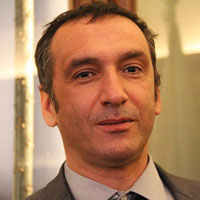 Mr. Degli Esposti is Full Professor at the Department of Computer Science and Engineering, Deputy Rector Alma Mater Studiorum Università di Bologna, Dean of Biblioteca Universitaria di Bologna, Head of Service for the health and safety of people in the workplace, President of the Alma Mater Foundation and Delegate for Rankings.
Mr. Degli Esposti is Full Professor at the Department of Computer Science and Engineering, Deputy Rector Alma Mater Studiorum Università di Bologna, Dean of Biblioteca Universitaria di Bologna, Head of Service for the health and safety of people in the workplace, President of the Alma Mater Foundation and Delegate for Rankings.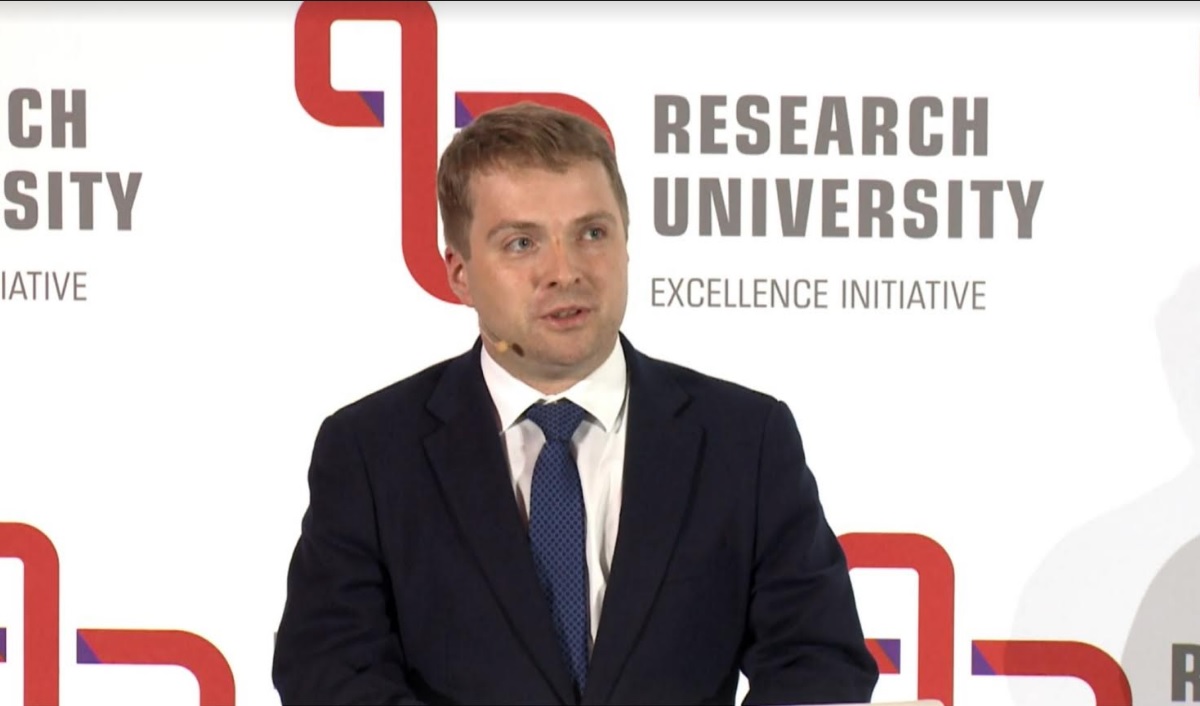
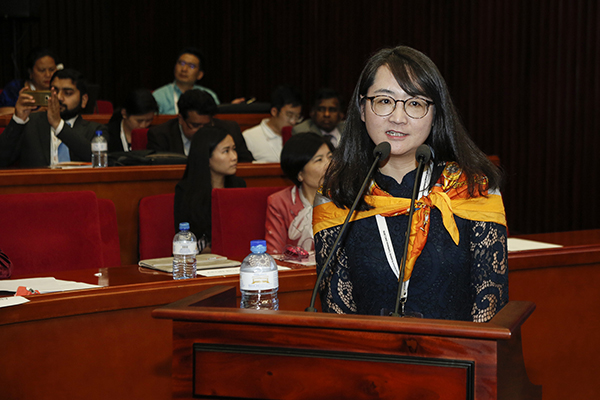
 Ben joined QS in 2002 and has led institutional performance insights function of QS since its emergence following the early success of the QS World University Rankings®. His team is, today, responsible for the operational management of all major QS research projects including the QS World University Rankings® and variants by region and subject. Comprising over 60 people in five international locations, the team also operate a widely adopted university rating system – QS Stars – and a range of commissioned business intelligence and strategic advisory services.Ben has travelled to over 50 countries and spoken on his research in almost 40. He has personally visited over 50 of the world’s top 100 universities amongst countless others and is a regular and sought after speaker on the conference circuit.Ben is married and has two sons; if he had any free time it would be spent reading, watching movies and skiing.
Ben joined QS in 2002 and has led institutional performance insights function of QS since its emergence following the early success of the QS World University Rankings®. His team is, today, responsible for the operational management of all major QS research projects including the QS World University Rankings® and variants by region and subject. Comprising over 60 people in five international locations, the team also operate a widely adopted university rating system – QS Stars – and a range of commissioned business intelligence and strategic advisory services.Ben has travelled to over 50 countries and spoken on his research in almost 40. He has personally visited over 50 of the world’s top 100 universities amongst countless others and is a regular and sought after speaker on the conference circuit.Ben is married and has two sons; if he had any free time it would be spent reading, watching movies and skiing.
 Anna Urbanovics is a PhD student at Doctoral School of Public Administration Sciences of the University of Public Service, and studies Sociology Master of Arts at the Corvinus University of Budapest. She is graduated in International Security Studies Master of Arts at the University of Public Service. She does research in Scientometrics and International Relations.
Anna Urbanovics is a PhD student at Doctoral School of Public Administration Sciences of the University of Public Service, and studies Sociology Master of Arts at the Corvinus University of Budapest. She is graduated in International Security Studies Master of Arts at the University of Public Service. She does research in Scientometrics and International Relations.

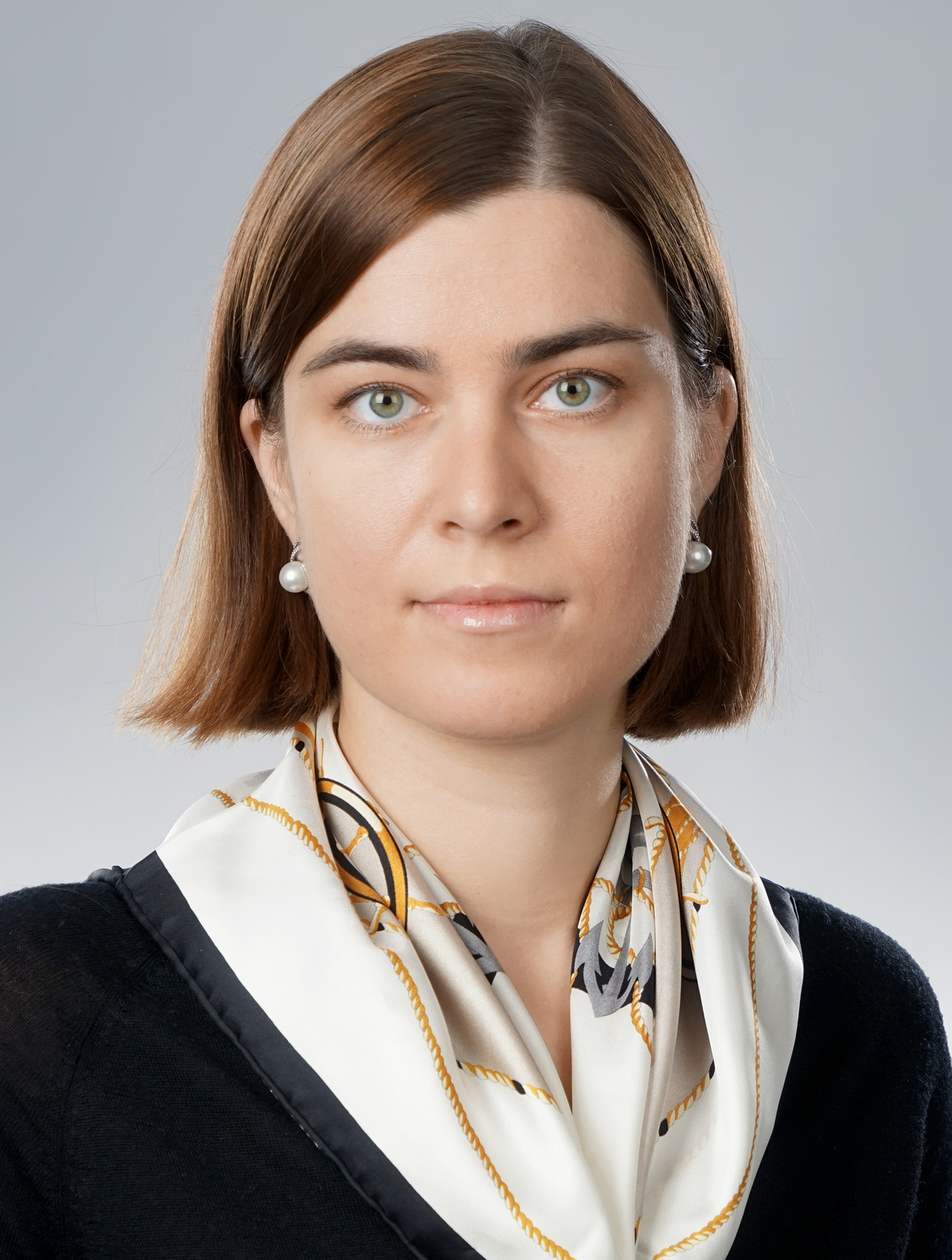
 Since 1 February 2019 Minister Palkovics as Government Commissioner has been responsible for the coordination of the tasks prescribed in Act XXIV of 2016 on the promulgation of the Agreement between the Government of Hungary and the Government of the People’s Republic of China on the development, implementation and financing of the Hungarian section of the Budapest-Belgrade Railway Reconstruction Project.
Since 1 February 2019 Minister Palkovics as Government Commissioner has been responsible for the coordination of the tasks prescribed in Act XXIV of 2016 on the promulgation of the Agreement between the Government of Hungary and the Government of the People’s Republic of China on the development, implementation and financing of the Hungarian section of the Budapest-Belgrade Railway Reconstruction Project.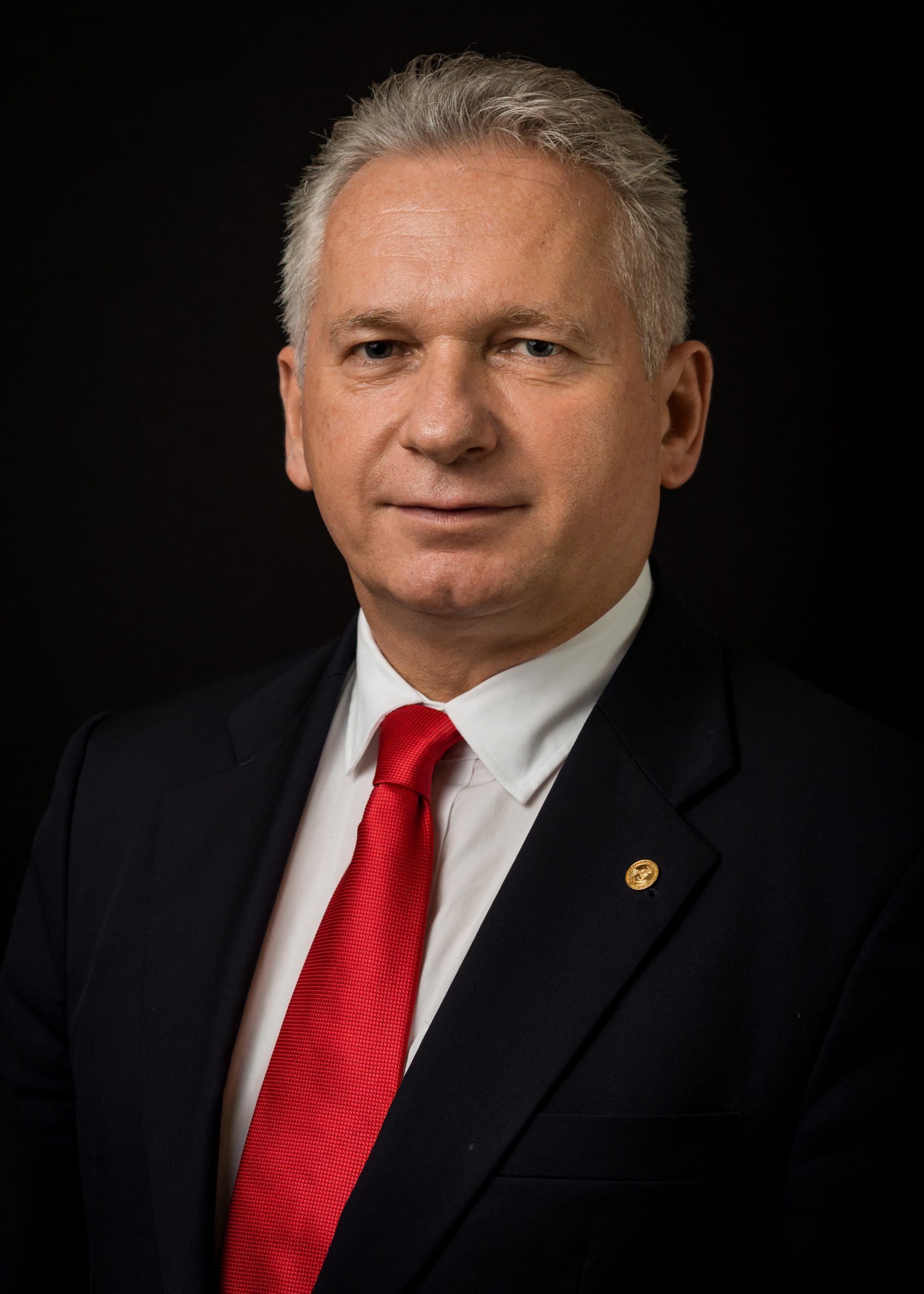

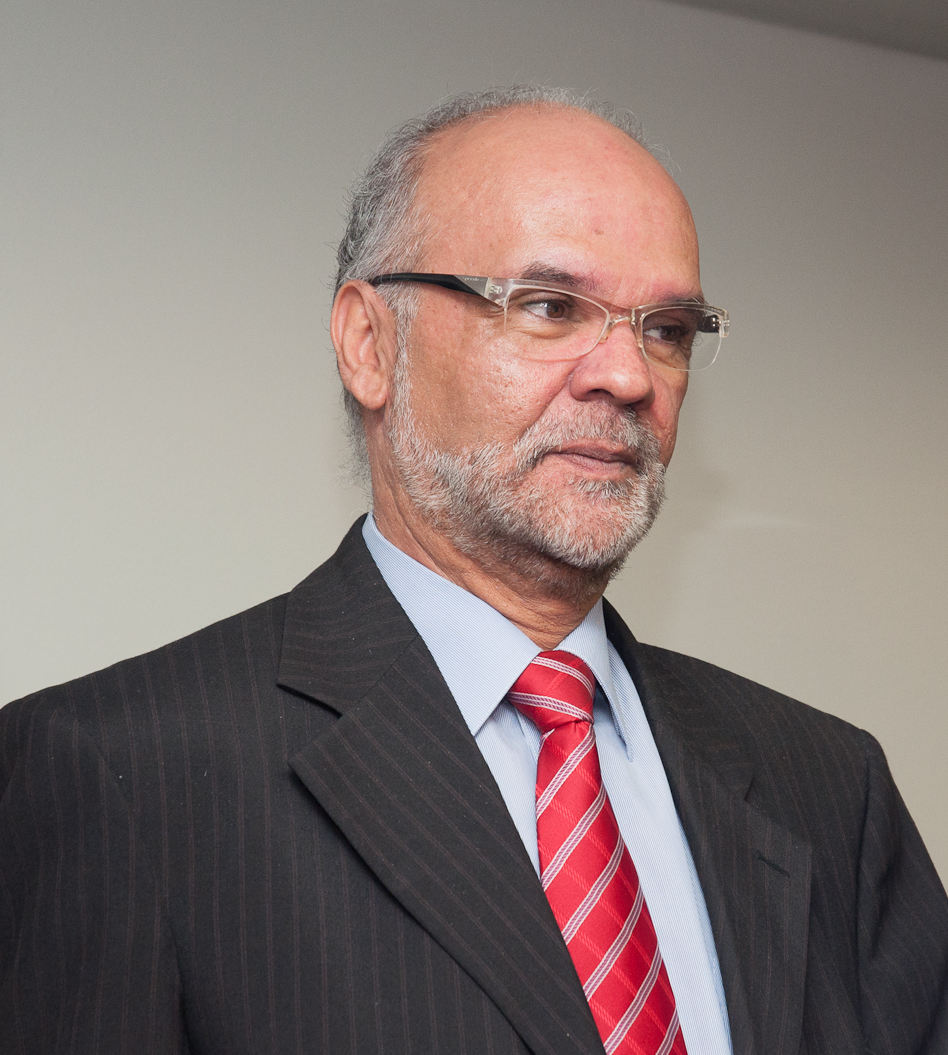
 He is the past President of the Health and Health Care Economics Section of the Hungarian Economics Association.
He is the past President of the Health and Health Care Economics Section of the Hungarian Economics Association.

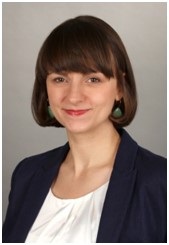 Based in Berlin, Zuzanna Gorenstein is Head of Project of the German Rectors’ Conference (HRK) service project “International University Rankings” since 2019. Her work at HRK encompasses the conceptual development and implementation of targeted advisory, networking, and communication measures for German universities’ ranking officers. Before joining the HRK, Zuzanna Gorenstein herself served as ranking officer of Freie Universität Berlin.
Based in Berlin, Zuzanna Gorenstein is Head of Project of the German Rectors’ Conference (HRK) service project “International University Rankings” since 2019. Her work at HRK encompasses the conceptual development and implementation of targeted advisory, networking, and communication measures for German universities’ ranking officers. Before joining the HRK, Zuzanna Gorenstein herself served as ranking officer of Freie Universität Berlin.
 His books on mathematical modeling of chemical, biological, and other complex systems have been published by Princeton University Press, MIT Press, Springer Publishing house. His new book RANKING: The Unwritten Rules of the Social Game We All Play was published recently by the Oxford University Press, and is already under translation for several languages.
His books on mathematical modeling of chemical, biological, and other complex systems have been published by Princeton University Press, MIT Press, Springer Publishing house. His new book RANKING: The Unwritten Rules of the Social Game We All Play was published recently by the Oxford University Press, and is already under translation for several languages.
